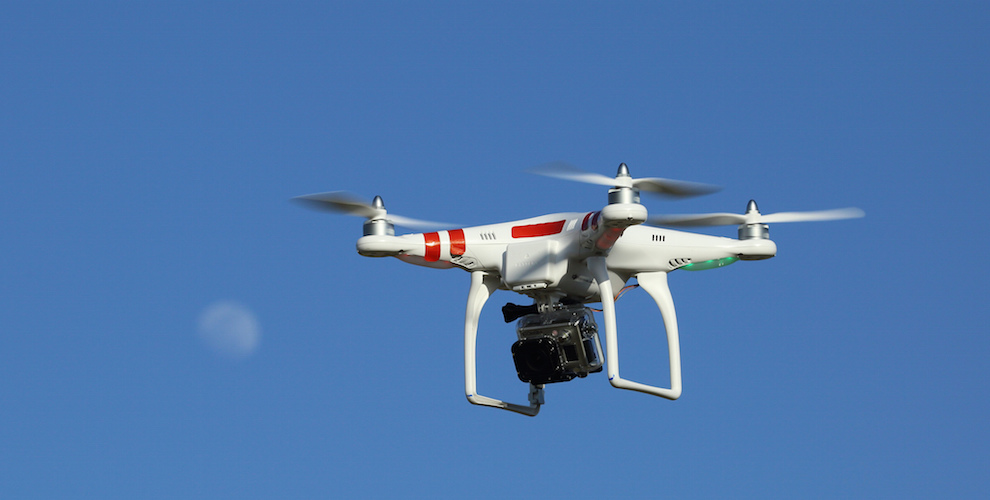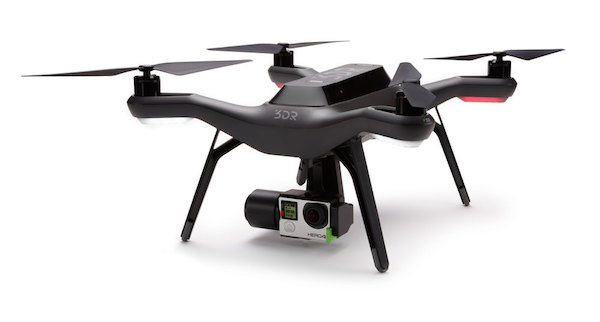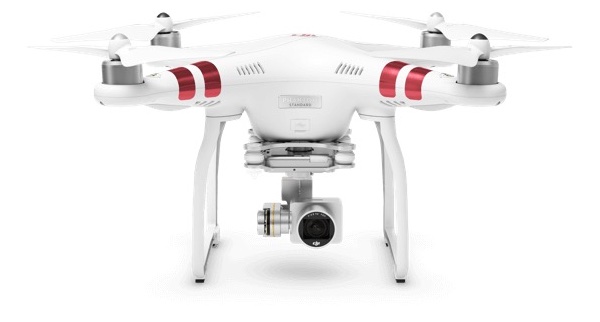
Chances are good you haven’t been following the day-to-day workings of the House Transportation Committee. But something happened there recently that should have journalists and journalism educators paying attention.
Attached to a Federal Aviation Administration budget reauthorization bill is a little provision that does away with the FAA’s regulation of small drones — clearing the way for journalists, journalism educators, and many others to use flying cameras with fewer rules.
If you’ve had the misfortune of thinking that using a drone-mounted camera for storytelling would be a great idea, you know that the FAA’s rules for drones are a steep hill to climb. It takes a lot of paperwork, months of waiting and, oh by the way, you have to be a licensed manned aircraft pilot in order to fly the drone for your work.
Journalists at least have the advantage of knowing the FAA has always said you needed their permission to use a drone for work. For journalism educators, it’s worse. The FAA originally told us through a cease-and-desist order that we were a government entity and had to follow the rules set out for the government. Then, a year later, they changed their mind and said education wasn’t a government function. So just about anyone wanting to fly a drone for any reason other than a hobby now has to have a pilot’s license and permission from the FAA.
In spite of that, almost 3,500 businesses and universities have received that permission, with dozens more added every week. But there are many more operating without permission, and drone advocates argue that the FAA is holding back what could be a much larger industry if only there were better rules.
Along comes the Aviation Innovation, Reform, and Authorization, or AIRR, Act. If you’re a real news junkie, you might have heard of the AIRR Act because it sort-of privatizes air traffic control in the U.S., and that’s already prompted charges of a union giveaway and insider dealing. So, putting it politely, the bill has a long way to go before it becomes law. But an amendment to that bill passed by the committee along with the AIRR Act, creates a micro-drone rule that exempts users from current and forthcoming rules on them. That bill is now waiting on a vote of the House, and the Senate is working on their own reauthorization as well.
What is the micro-drone rule? Micro in this case means anything 4.4 pounds or less. To give you an idea, the 3DR Solo and the DJI Phantom series, two of the most common drones out there, are in the 3-pound range with a camera. The DJI Inspire 1 is about 6.5 pounds right out of the box.


The 3DR Solo (top) and DJI Phantom 3.
If you’re flying a smaller drone, under this micro-drone rule, you could fly below 400 feet, slower than 46 miles per hour, within line of sight, during the day, and outside of five miles from an airport — without any kind of license or certification. You’re free to cover a house fire or a marathon, photograph a wedding or charge people for drone selfies — whatever you want. If you are within five miles from an airport — and most cities have multiple airports in them, making this a little tricky — then you have to notify the airport manager and the control tower, if there is one. You have to do that now, under current rules, but two airports — Tampa and Phoenix — have set up simple web forms that serve as notice. Fill in a few boxes, hit submit, and they consider that notification. Others may follow suit. The overwhelming majority of uses envisioned or already attempted by journalists around the world could be accomplished within these restrictions — and thousands more we haven’t thought of yet.
Under this amendment, the number of newsrooms that could use drones for journalism would skyrocket. Currently, the only newsrooms that have been able to get federal permission to fly are either well financed and/or are large-city broadcasters who still employ pilots for their news helicopters. Many newsrooms, even large ones, haven’t attempted to get FAA permission because they don’t happen to have a pilot on staff. Under this amendment, small-town weeklies with a spare $1,000 to spend could be airborne in the flash of an Amazon purchase. That could lead to better coverage of communities, growth and development, disasters, the environment, and a dozen other things, up to and including the county fair.
From my perspective, one of the real impacts of the bill, beyond opening the skies, would be to clear the way for educators to start training students in how to use them. And this extends far beyond journalism: Disciplines from archeology to zoology are interested in drones, and flying robots gets students’ attention like few other things. But to train students to use them for their disciplines right now is extraordinarily difficult. I’ve been trying since 2011 to teach students how drones might be useful for news while at the same time bringing our ethical training to bear on new technology. I’ve been on the receiving end of the federal regulatory machine, sent students thousands of miles from home to where they can fly with few restrictions, and spent $7,500 to get a pilot’s license so I can fly a 3-pound hunk of plastic for my job that I can fly on the weekends for fun without a license. Under this bill, educators in all disciplines could use drones to do research, train tomorrow’s workforce, and offer training classes for even wider audiences.
And for me, that training component is both the promise and the peril of the amendment. When I first read it, the fact that a commercial operator could fly in a city without any kind of certification worried me. No training at all? Even the FAA recognized that making someone learn how to fly a Cessna in order to fly a drone was silly, so they replaced it with a knowledge test in their proposed rules that could become finalized this year as a compromise between too much of a training requirement and nothing required of hobbyists. But this amendment does away with even that middle ground if you’re flying a small drone.
So I brought that up to Brendan Schulman, vice president of policy and legal affairs at DJI, who has been advocating a micro-drone rule for years now. I argued that maybe the government shouldn’t require training, but I though insurance carriers would. His argument is that with small drones, the risks to people on the ground and airplanes in the sky are very low — and so is people’s willingness to spend on regulations.
“Without a micro rule, people who want to do casual commercial work will lurk in the shadows, unlicensed by FAA and afraid to attend voluntary free safety programs because they will be outed as unlicensed,” he wrote to me. “And they won’t buy insurance either. With a lower barrier to entry and simple rules, the private sector and the education sector can provide training at lower price points (or free) because there are so many more people who will participate.”
The truth is I know of at least a half a dozen people doing commercial work in my city now who don’t have FAA authorization — and three who do. And when the cost of getting the permission exceeds the cost of the aircraft you fly, then that ratio or similar will continue. Even a $150 knowledge test — the cost of the written exam given to manned pilots — will keep many operators away. Eliminating costly requirements and opening the door to less costly training might actually increase the total amount of training drone operators receive.
Newsrooms are going to use drones; the question is when and how. Many already are. Many, many more have avoided it because of the cost and hassle of permission. So many that the Newspaper Association of America is now advocating for the micro rule, and other journalism organizations will also soon push for it. If you’ve wanted to use a drone to cover a story and found yourself blocked by expensive and confusing rules, tell your representatives in Congress about it and to vote for the micro UAS rule in the AIRR Act.
Matt Waite is a journalism professor at the University of Nebraska and founder of the Drone Journalism Lab.